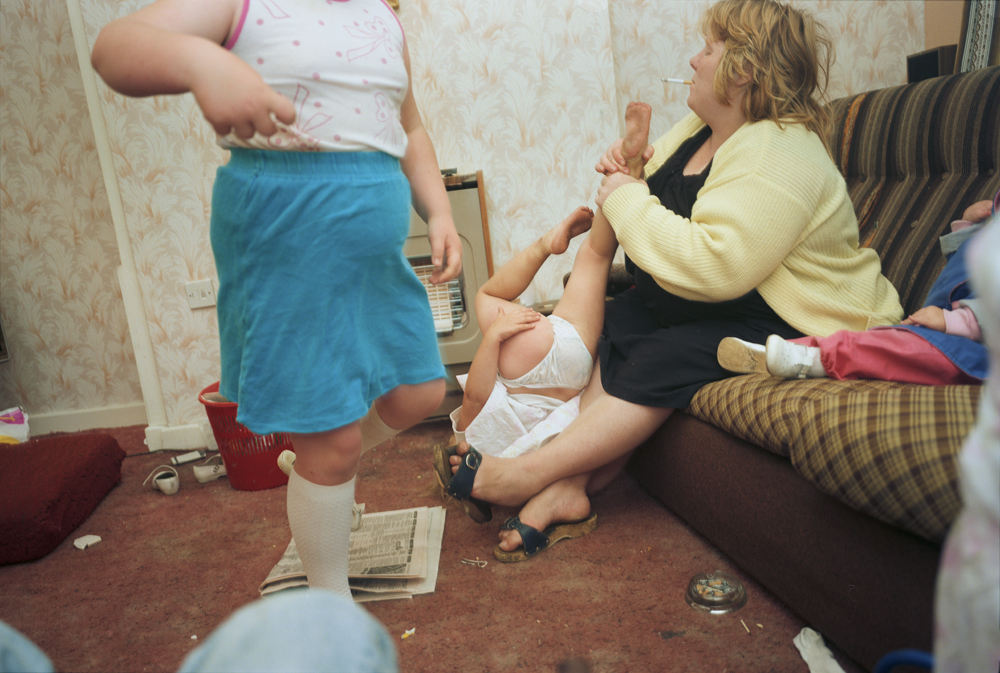Since the 1980s, Nick Waplington has turned his lens to the communities that surround him. The British artist’s early photographic Living Room series was set in the Broxtowe housing estate in Nottingham, England, where he had lived with his grandfather. Against the backdrop of Margaret Thatcher’s Britain, Waplington photographed moments of playful chaos, often using off-kilter camera angles to capture family members lounging and lunging towards one another.
Familiar faces appear repeatedly; in Janet’s Wedding series he returned to Living Room’s central matriarch for her wedding day with a new partner, while in others he photographed the club scenes he was immersed in during the 1980s and 1990s such as Save the Robots and the Sound Factory in Manhattan, New York. Alongside this, he has a regular drawing and painting practice, with recent pieces fusing handmade marks and photographic prints.
This spring, his solo exhibition Before the Clean Up runs at Smilers in New York until 5 April 2025. The show brings together different facets of his practice, from 1980s and 1990s club photography to drawings inspired by his sketchbooks. Waplington is also involved in two exhibitions at Hamiltons Gallery in London. From the Roster is a group show that places his pieces alongside major names in the world of photography such as Richard Avedon, Irving Penn and Helmut Newton on show until 26 April 2025; he is also opening a solo exhibition at the gallery on 25 June 2025.
Waplington discusses the evolving sociopolitical landscape of Britain, New York’s ever-changing club scene, and the images that kick-started his prolific art practice.

There are three distinct bodies of work in the show. The first is of pictures I took in clubs in New York in the late 1980s and early 1990s, seminal places like Save the Robots and the Sound Factory. I don’t think anyone else photographed in the Sound Factory, it was very difficult to get permission. Then we are showing new photographs, which talk about the relationship between photography and painting, and the movement of the Earth around the Sun. Finally, there are some drawings based on my whimsical, funny sketchbooks. I make very disparate things.
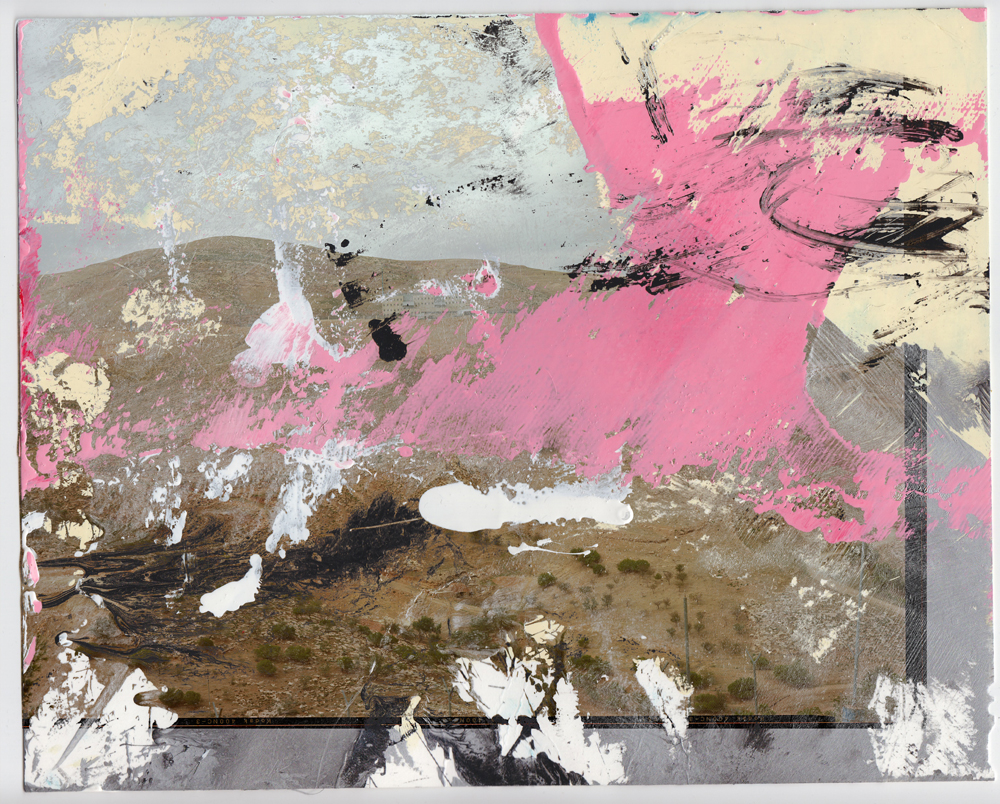
35 years ago, the clubs were in the city. They were in downtown Manhattan. Now we’re at a point where if you want to go clubbing, they’re out in Richwood in Queens. And they’re really at the final stage of where they can be that’s still New York. It’s just suburbs beyond that. These places are purpose-built and it’s all very well organised and structured now. When I was a kid, they were just warehouse spaces that were semi-derelict that they’d put a sound system in, and it was a big free-for-all. This was prior to Rudy Giuliani’s cleanup, which is reflected in the show’s title. Like everything now, it’s all better organised and there are rules and regulations for everything. In New York, you often have to put a sticker over the camera on your phone when you go into clubs. There are no photos anymore.
The camera I used was very big with a huge flash, so there was nothing sneaky about it. There were places where everyone knew me. People were interested in why I was taking pictures; I didn’t know why at the time.
Nothing. I didn’t do anything with the pictures for about 25 years. I just had them tucked away.
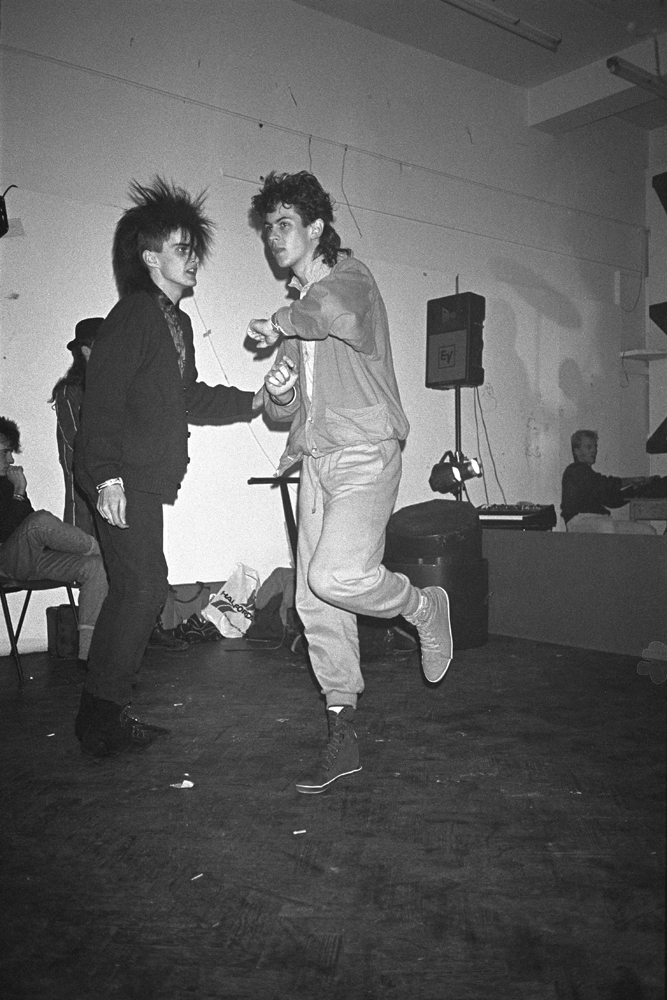

There is one picture where this guy, Jeff, is holding two girls. You can see their legs and the other’s head. That was the first good picture that I took on the estate. I had photographed there for a number of years before and I have some ‘okay’ pictures, but once I worked out how to do the interiors and lighting around 1986, it suddenly took off.
I had lived there with my grandfather. So I was around but not taking pictures most of the time. Later on, when I was coming back from America in the summer, I’d have an intensive month photographing there. By the time of Janet’s wedding, I’d been taking pictures there for nine years. I had a lot of fun and enjoyed hanging out with everyone.

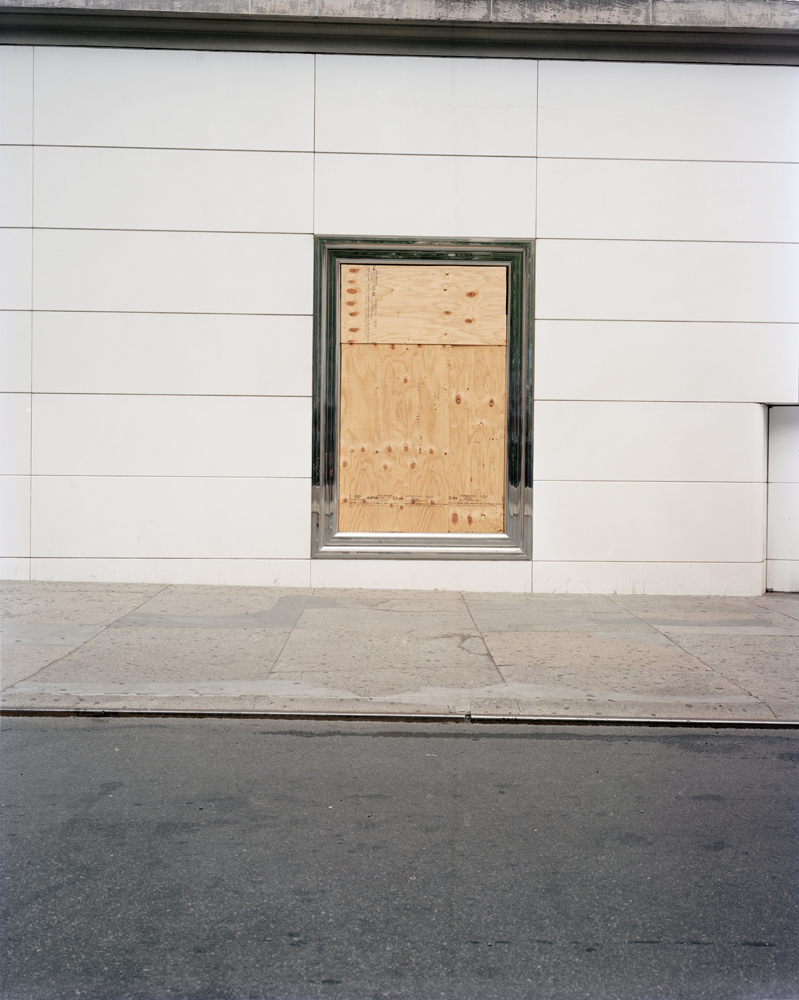
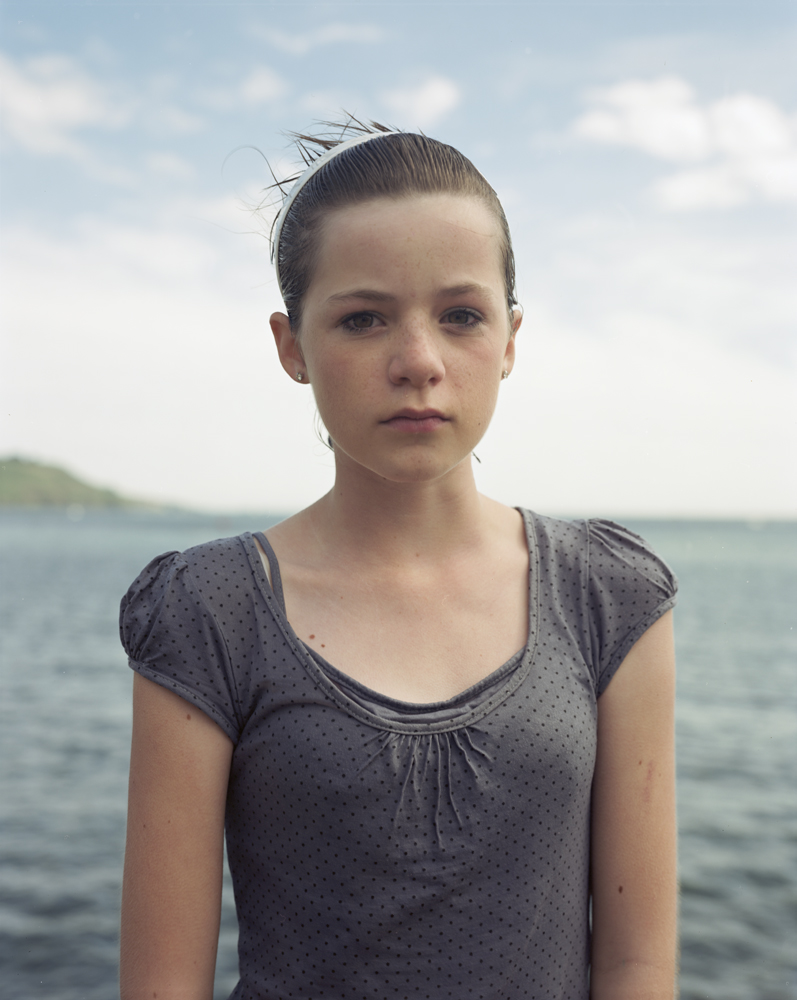
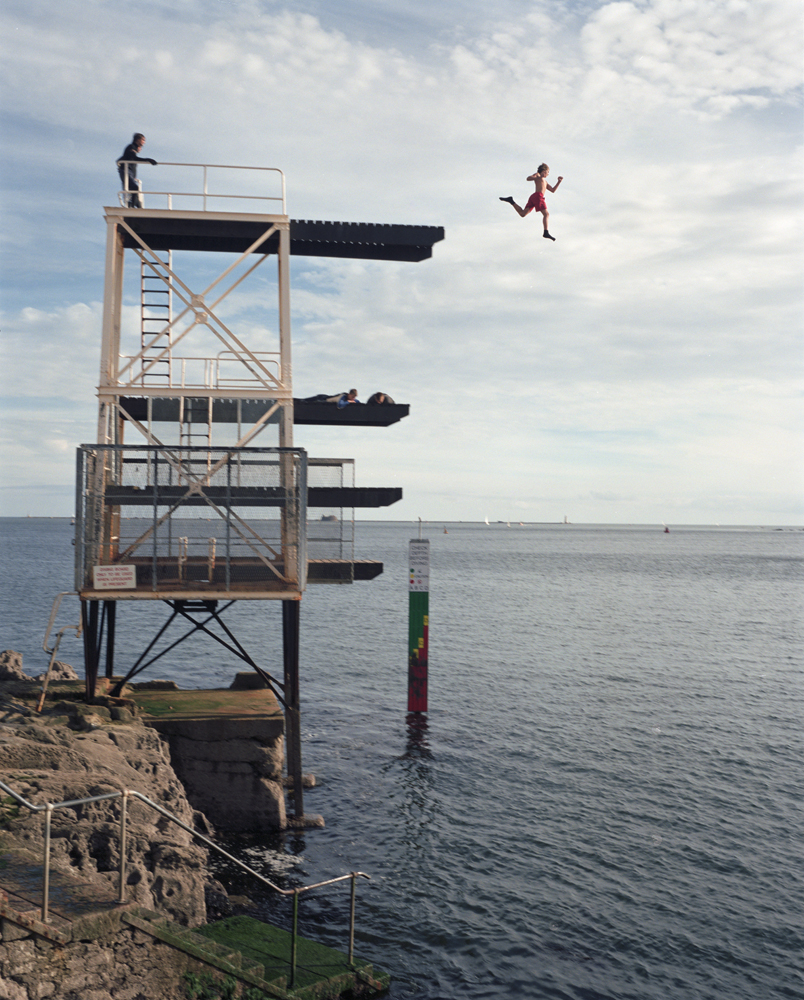
There are a number of things. When I was first taking pictures in the mid-1980s, things were quite mellow and old-fashioned. In the early 1990s, drugs suddenly became a currency, not just on the estate, but around the UK generally. There was the arrival of club culture and ecstasy, and after that, there was a huge rise in heroin use. Addicts used to be given heroin free on the NHS, then Thatcher stopped that and it began to be imported from Afghanistan around the Soviet invasion. Suddenly heroin was on the street and there were a lot more addicts. It didn’t change things directly for the families I photographed, but it changed the vibe on the estate. The recession of the 1990s also hit pretty hard. But even then, people could eat and heat their houses, not like now. From the time of the Living Room pictures to now, there has also been a mass shift from public to private ownership.
One interesting picture I have, I took at the Brighton Centre on the afternoon of the day the IRA blew it up. I had gone into Brighton to buy tickets to see a concert. I only took one picture, and they blew it up that night. It felt like an odd moment to have taken it.
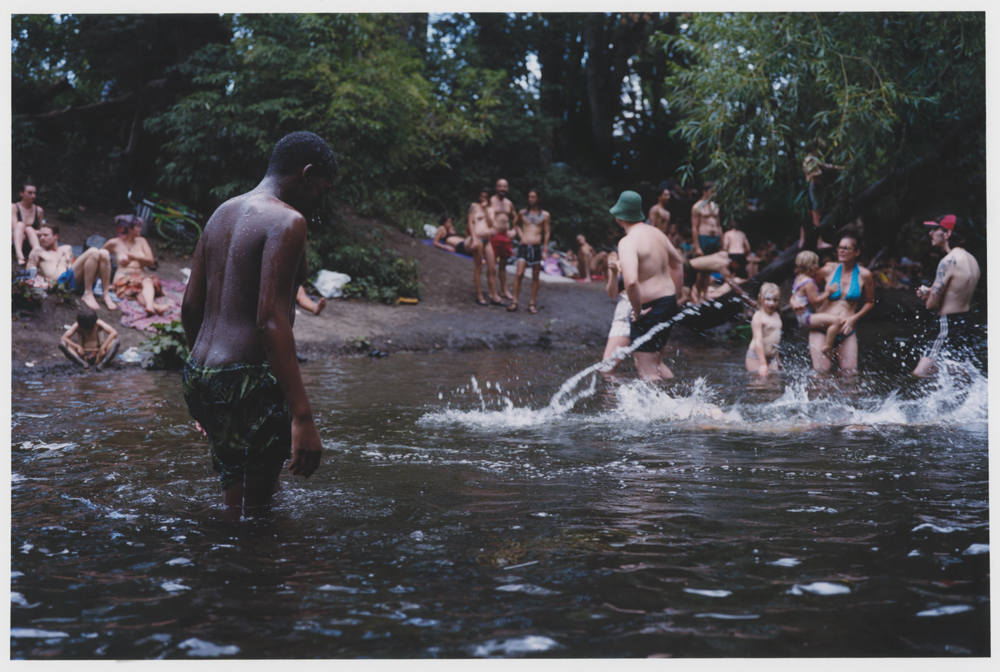
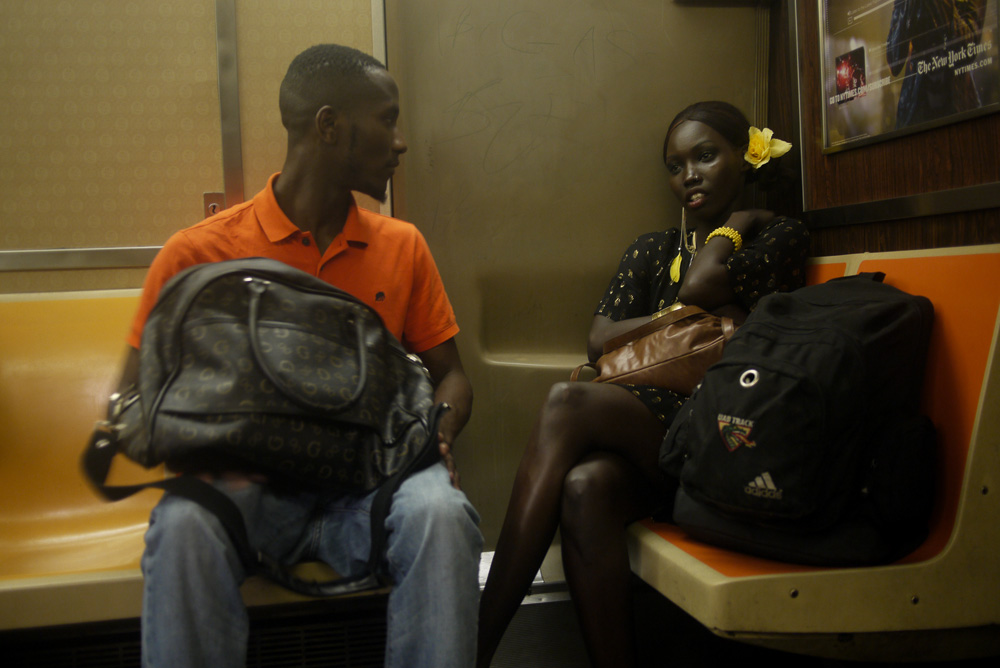
What I’m trying to communicate has changed a lot in 40 years; the way I viewed things when I was young has changed. I’m not trying to campaign, that’s never been the point. But some truths are obvious. My pictures have a humanity and positive vibe, through which other things maybe become apparent with time. I was never interested in gritty, black-and-white photography. I saw that a lot when I was young and was more drawn to American photography, which I was lucky to see very early on as I was in the US a lot because of my dad’s work. It meant I had access to much more exciting photography at a younger age than most of my peers. I had a broader perspective on life than a lot of teenagers growing up in 1980s Britain. It was very unusual to do the travelling I did when I was young; I went to places such as Easter Island, Australia, Japan and Korea in the 1970s and 1980s.
I spend a lot of time drawing. I get up in the morning and have a compulsion to do it. I have always drawn and made paintings from the very beginning. It became more central to my practice about 20 years ago and I have a daily practice, whether in sketchbooks or on canvas. The fun and enthusiasm for art has never dissipated.
